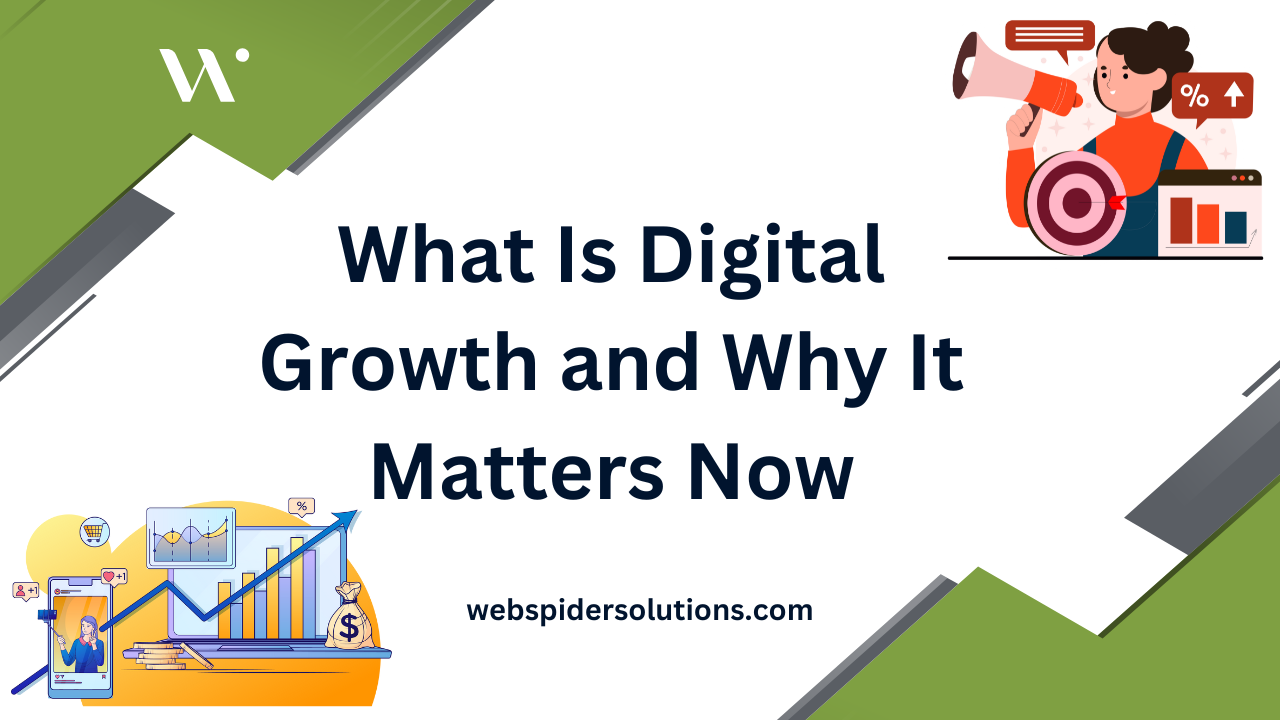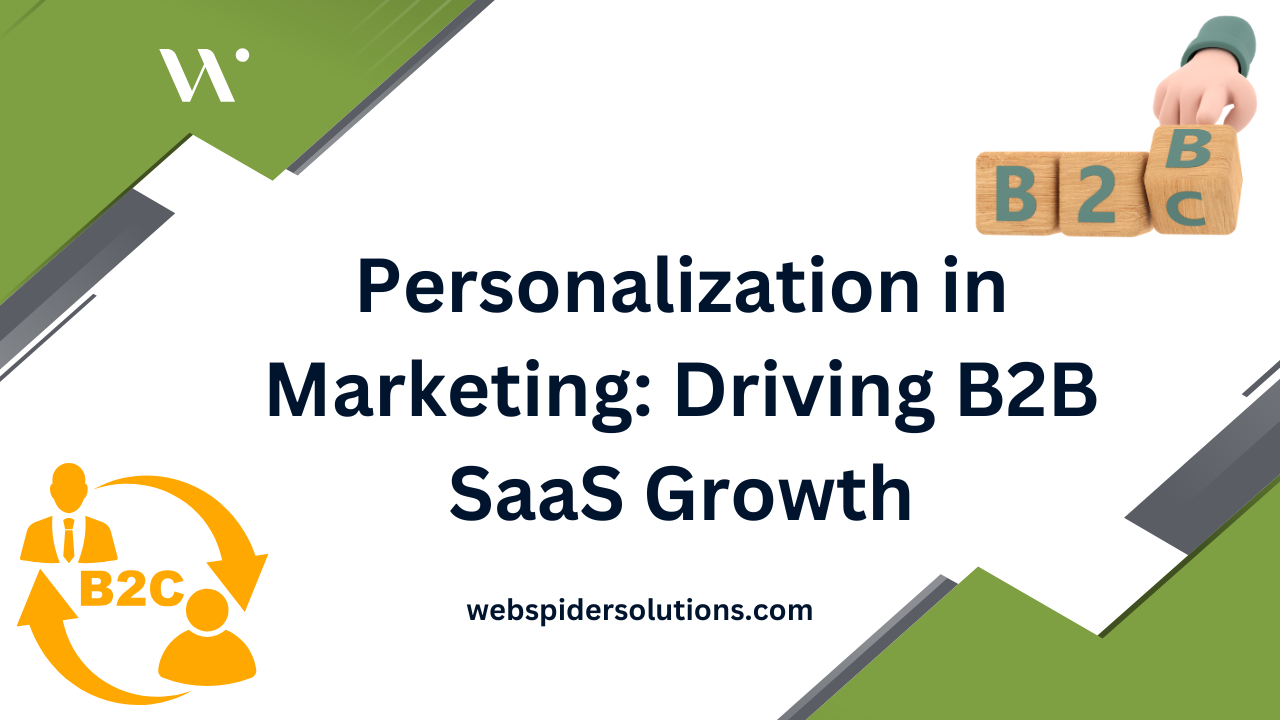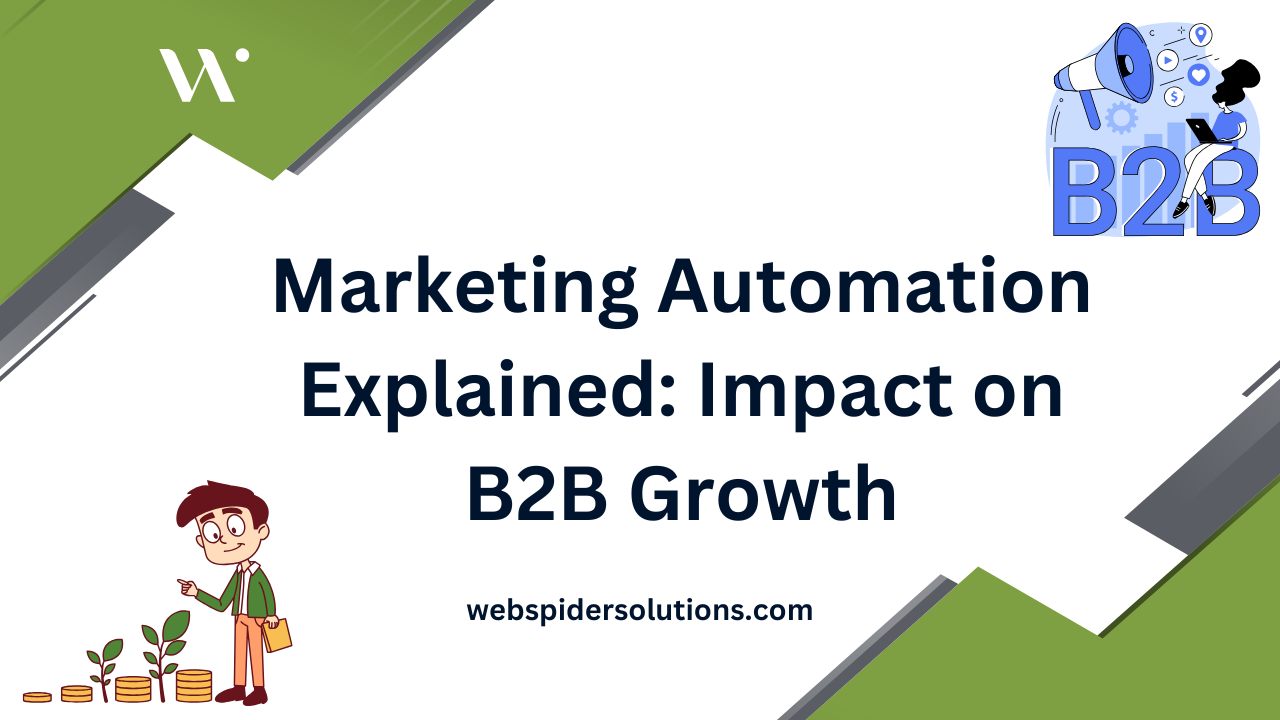Mobile app marketing is stepping into a new era and the stakes have never been higher. Picture this. Global in-app purchase revenue soared to $150 billion in 2024, a staggering 13 percent jump from last year alone. That sounds like a gold rush, but most apps still fail to capture lasting attention. The real story for 2025 is that the apps dominating the charts are not the ones spending the most but the ones mastering smart retention, razor-sharp personalization, and seamless user experiences. Ready to see what separates the winners from the rest?
Table of Contents
- Understanding Today’s Mobile App Market
- Building An Effective App Marketing Plan
- Proven User Acquisition Strategies For Apps
- Optimizing App Retention And User Engagement
Quick Summary
| Takeaway | Explanation |
|---|---|
| Emphasize User Experience | Focus on intuitive design and seamless functionality to boost user retention and satisfaction. |
| Optimize App Store Presence | Implement App Store Optimization techniques to improve visibility and first impressions, enhancing download rates. |
| Leverage Personalization | Use personalized experiences to significantly increase user engagement and retention by addressing individual needs. |
| Strategic Update Planning | Plan app updates carefully to align with user expectations, optimizing trust and continuous engagement. |
| Incorporate Gamification | Use gamification strategies to transform user interactions, enhancing motivation and long-term retention rates. |
Understanding Today’s Mobile App Market
The mobile app market represents a dynamic and rapidly evolving digital ecosystem that continues to reshape how businesses and consumers interact. Our mobile app development strategy guide provides deeper insights into this transformative landscape.
Market Size and Growth Dynamics
The mobile application market is experiencing unprecedented growth. According to Grand View Research, the U.S. mobile application market is projected to generate a staggering USD 128,530.3 million by 2030, expanding at a compound annual growth rate of 14.5% from 2025 to 2030. This remarkable trajectory underscores the critical importance of strategic mobile app marketing for businesses across various sectors.
Breakdown of market segments reveals fascinating trends. The Apple Store currently dominates revenue generation, while the Google Play Store demonstrates the fastest projected growth. This segmentation highlights the nuanced approach required for effective mobile app marketing strategies.
Revenue and Consumer Spending Patterns
Consumer spending in mobile applications has reached remarkable levels. Sensor Tower reports that global in-app purchase revenue across iOS and Google Play platforms hit $150 billion in 2024, representing a substantial 13% year-over-year increase. The United States stands at the forefront of this growth, contributing $52 billion and accounting for more than one-third of the global total.
These figures demonstrate not just market size but also the substantial monetization potential for well-designed and strategically marketed mobile applications. Businesses that understand these spending patterns can develop more targeted marketing approaches that resonate with user preferences and behaviors.
To provide a clear view of key statistics and projections in the mobile app market, here’s a table summarizing the major figures discussed above:
| Metric | Value | Year | Notable Detail |
|---|---|---|---|
| Global In-App Purchase Revenue | $150B | 2024 | 13% YoY increase |
| US In-App Revenue Contribution | $52B | 2024 | Over 1/3 of global total |
| Projected US App Market Size | $128,530M | 2030 | Compound annual growth rate of 14.5% (2025-2030) |
| Leading Revenue Store | Apple Store | 2024 | Currently dominates revenue |
| Fastest Projected Store Growth | Google Play | 2025-2030 | Highest projected growth rate |
Competitive Landscape and User Expectations
The mobile app market in 2025 is characterized by intense competition and rapidly evolving user expectations. Successful mobile app marketing strategies must go beyond traditional approaches, focusing on user experience, personalization, and value proposition. Apps that offer seamless functionality, intuitive design, and genuine solutions to user problems are more likely to capture and retain market share.
Key considerations for mobile app marketers include understanding platform-specific nuances, leveraging data-driven insights, and creating marketing campaigns that highlight unique app features. The ability to differentiate in an increasingly crowded marketplace will separate successful apps from those that struggle to gain traction.
Navigating this complex ecosystem requires a comprehensive understanding of market dynamics, consumer behavior, and technological trends. Mobile app marketing is no longer about simple visibility but about creating meaningful connections with users through strategic, targeted, and value-driven approaches.
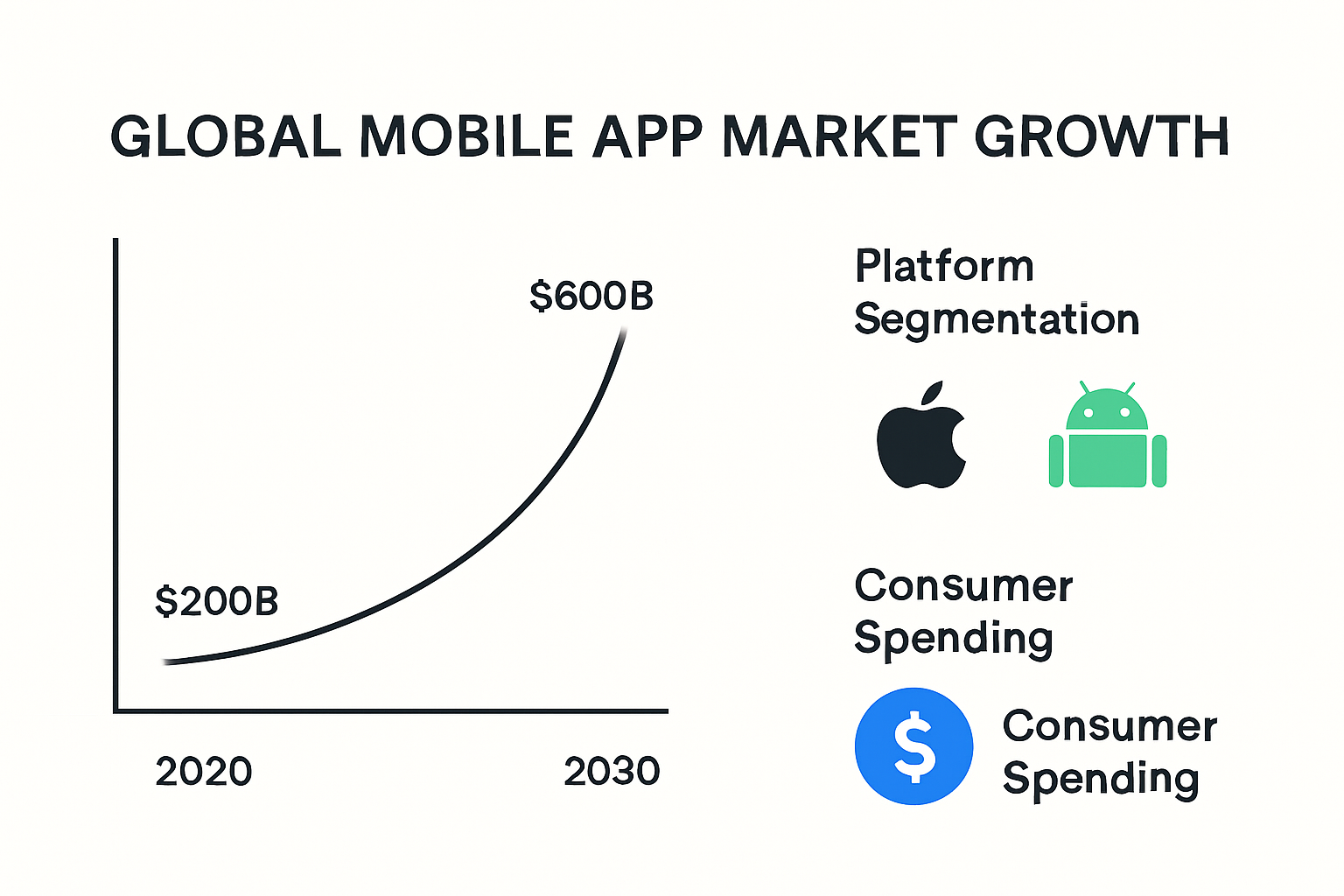
Building an Effective App Marketing Plan
Crafting a successful mobile app marketing plan requires strategic thinking, comprehensive research, and a deep understanding of your target audience. Our comprehensive digital marketing strategy guide offers additional insights into developing robust marketing approaches.
User Experience and App Design Strategy
At the core of any effective app marketing plan lies an exceptional user experience. According to research published in January 2025, user retention and conversion rates are significantly influenced by strategic UX design principles. Key elements that drive success include intuitive navigation, visually appealing interfaces, performance optimization, and consistent integration of user feedback.
Personalization emerges as a critical factor in app marketing. Apps that offer customized experiences demonstrate higher engagement rates and improved user satisfaction. This means moving beyond generic interfaces to create adaptive experiences that respond to individual user preferences, behaviors, and needs.
Competitive Analysis and Differentiation
Business of Apps highlights the importance of thorough competitor analysis in developing a robust marketing strategy. By systematically examining competing apps’ monetization models, app store rankings, and marketing techniques, businesses can identify unique opportunities for differentiation.
Successful app marketing plans do not merely imitate competitors but strategically identify and fill market gaps. This approach requires a nuanced understanding of what works, what doesn’t, and how your app can provide unique value propositions that set it apart in a crowded marketplace.
App Store Optimization Techniques
App Store Optimization (ASO) represents a critical component of any comprehensive app marketing strategy. Research from Business of Apps underscores the significance of refining an app’s digital presence, particularly given the competitive landscape with over 5 million apps vying for user attention.
Effective ASO involves meticulous keyword research, strategic marketing copy optimization, and enhancing visual elements like screenshots and preview videos. The goal is not just visibility but creating a compelling first impression that encourages potential users to download and engage with the app.
Successful app marketing in 2025 demands a holistic approach that combines technical optimization, user-centric design, and strategic market positioning. By understanding user needs, analyzing competitive landscapes, and continuously refining marketing strategies, apps can create meaningful connections and achieve sustainable growth in an increasingly dynamic digital ecosystem.
Proven User Acquisition Strategies for Apps
Successful user acquisition remains a critical challenge for mobile app developers and marketers in 2025. Our comprehensive mobile app marketing services provide targeted solutions for navigating this complex landscape.
Personalized Targeting and Advertising
Research from 2015 reveals a groundbreaking approach to mobile advertising that continues to be relevant. By applying unsupervised learning and association rule mining, developers can create highly personalized advertising strategies based on users’ existing app installations. This targeted approach significantly increases interaction rates by delivering more relevant content to potential users.
Personalization goes beyond simple demographic targeting. It involves understanding user behavior, preferences, and context. Apps that leverage sophisticated data analytics can create micro-targeted campaigns that speak directly to specific user segments, dramatically improving user acquisition efficiency.
Strategic App Release and Update Practices
A 2019 study uncovered critical insights into user preferences regarding app updates. The research demonstrates that users have specific expectations about app release strategies. Developers who understand these preferences can optimize their user acquisition efforts by aligning update frequencies with user expectations.
Key findings suggest that users prefer apps with recent but not overly frequent updates. This balanced approach signals active development and commitment to user experience without overwhelming users with constant changes. Strategic release planning becomes a subtle yet powerful user acquisition technique that builds trust and demonstrates ongoing app improvement.
Advanced User Experience and Retention Techniques
Research from January 2025 reinforces the critical connection between user experience and acquisition. Apps that prioritize intuitive navigation, visually appealing interfaces, and consistent performance optimization create powerful user attraction mechanisms.
Successful user acquisition strategies in 2025 extend beyond initial downloads. They focus on creating seamless onboarding experiences, providing immediate value, and implementing engagement mechanisms that transform new users into loyal app advocates. This approach requires a holistic view of the user journey, from first interaction to long-term engagement.
Effective user acquisition is no longer about quantity but quality. Apps must create compelling value propositions that not only attract users but also provide genuine solutions to their needs. By combining data-driven targeting, strategic release practices, and exceptional user experiences, apps can develop robust acquisition strategies that stand out in an increasingly competitive digital marketplace.
The most successful apps understand that user acquisition is an ongoing process of understanding, adapting, and delivering exceptional value to their target audience.
Here is a table summarizing the key user acquisition strategies highlighted, along with the approach and primary benefit of each:
| Strategy | Approach | Main Benefit |
|---|---|---|
| Personalized Targeting & Advertising | Use app usage data for micro-targeted campaigns | Higher relevance & efficiency |
| Strategic App Release & Update | Plan updates for user trust & engagement | Builds trust, improves acquisition |
| Advanced User Experience & Retention | Focus on seamless onboarding & immediate value | Converts new users to advocates |
Optimizing App Retention and User Engagement
Retaining users and maintaining high engagement levels represents a critical challenge for mobile applications in 2025. Our mobile app marketing services provide comprehensive strategies to enhance user retention and interaction.
Personalized Content and Experience Design
Research on personalized content recommendations reveals compelling insights into user engagement mechanisms. Studies demonstrate that tailored content can dramatically increase app usage, with personalization strategies driving approximately 60% higher content consumption and a 14% overall increase in app engagement.
Successful personalization goes beyond surface-level customization. It involves creating adaptive experiences that anticipate user needs, preferences, and behavioral patterns. By implementing intelligent recommendation systems and context-aware interfaces, apps can create deeply engaging experiences that feel uniquely crafted for each individual user.
Gamification and User Motivation Strategies
A randomized controlled trial exploring engagement techniques uncovered remarkable findings about gamification. The 100-day study revealed that participants engaged with gamified app experiences maintained 75% higher engagement rates and demonstrated a 6% increase in long-term retention compared to standard user groups.
Effective gamification involves more than adding points or badges. It requires designing meaningful challenges, creating progressive difficulty levels, and establishing clear reward mechanisms that align with users’ intrinsic motivations. By transforming routine interactions into compelling experiences, apps can convert passive users into active, committed participants.

User Experience and Retention Optimization
Research from January 2025 reinforces the critical connection between user experience design and retention. Key principles include developing intuitive navigation, creating visually appealing interfaces, ensuring consistent performance, and systematically integrating user feedback.
Retention strategies in 2025 demand a holistic approach that considers the entire user journey. This means creating seamless onboarding experiences, providing immediate value, and establishing continuous engagement mechanisms that transform initial interactions into long-term relationships.
Successful app retention is not about manipulating users but creating genuine value. Apps must consistently demonstrate their unique proposition, adapt to changing user needs, and provide experiences that users find truly meaningful. By combining data-driven personalization, intelligent gamification, and exceptional user experience design, mobile applications can build robust, loyal user communities.
Ultimately, user retention is an ongoing dialogue between the app and its users. The most successful applications view this relationship as a collaborative journey of continuous improvement and mutual value creation.
Frequently Asked Questions
What are the best mobile app marketing strategies for 2025?
Successful mobile app marketing strategies for 2025 include focusing on user experience, implementing effective App Store Optimization (ASO), leveraging personalization for user engagement, and using data-driven insights to cater to user needs.
How can I improve user retention for my mobile app?
You can improve user retention by creating personalized experiences, utilizing gamification techniques, and ensuring seamless onboarding processes that provide immediate value to your users.
What is App Store Optimization (ASO) and why is it important?
App Store Optimization (ASO) is the process of optimizing your app’s visibility in app stores through keyword research, compelling marketing copy, and engaging visuals. It’s important because it increases your app’s chances of being discovered and downloaded by potential users.
How does personalized targeting enhance mobile app user acquisition?
Personalized targeting enhances user acquisition by delivering tailored advertising and content to specific user segments based on their behaviors and preferences, resulting in higher engagement rates and improved download efficiency.
Unleash Your App’s Growth Potential with Proven Marketing Expertise
Struggling to cut through the noise and hold user attention despite all the new mobile app marketing tactics? You are not alone. The article above outlines real challenges—falling retention rates, fierce competition, and the ongoing need for true personalization and meaningful user engagement. These issues demand more than just an update or a single campaign. They require a strategic, data-driven approach to drive long-term downloads and active users. Dive into inspiring solutions and digital transformation stories in our Stories Archives to see how companies in your shoes have made breakthrough moves.
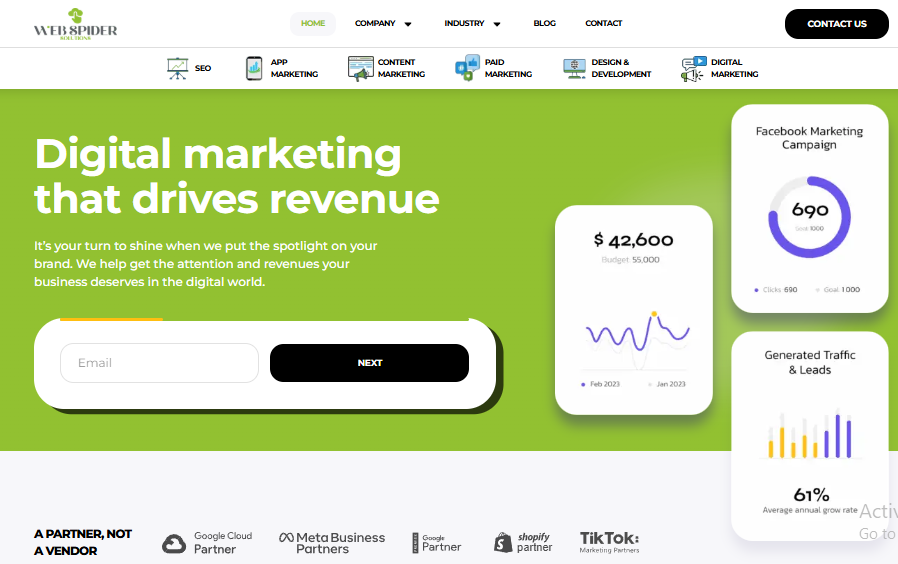
Do not wait for your competitors to capture your audience first. Tap into the full power of Web Spider Solutions and get your tailored mobile app marketing plan—crafted using cutting-edge analytics and a team dedicated to your measurable success. Start building an app users love and keep coming back to. Visit our homepage now to claim your first consultation and put your 2025 strategy on the fast track.








